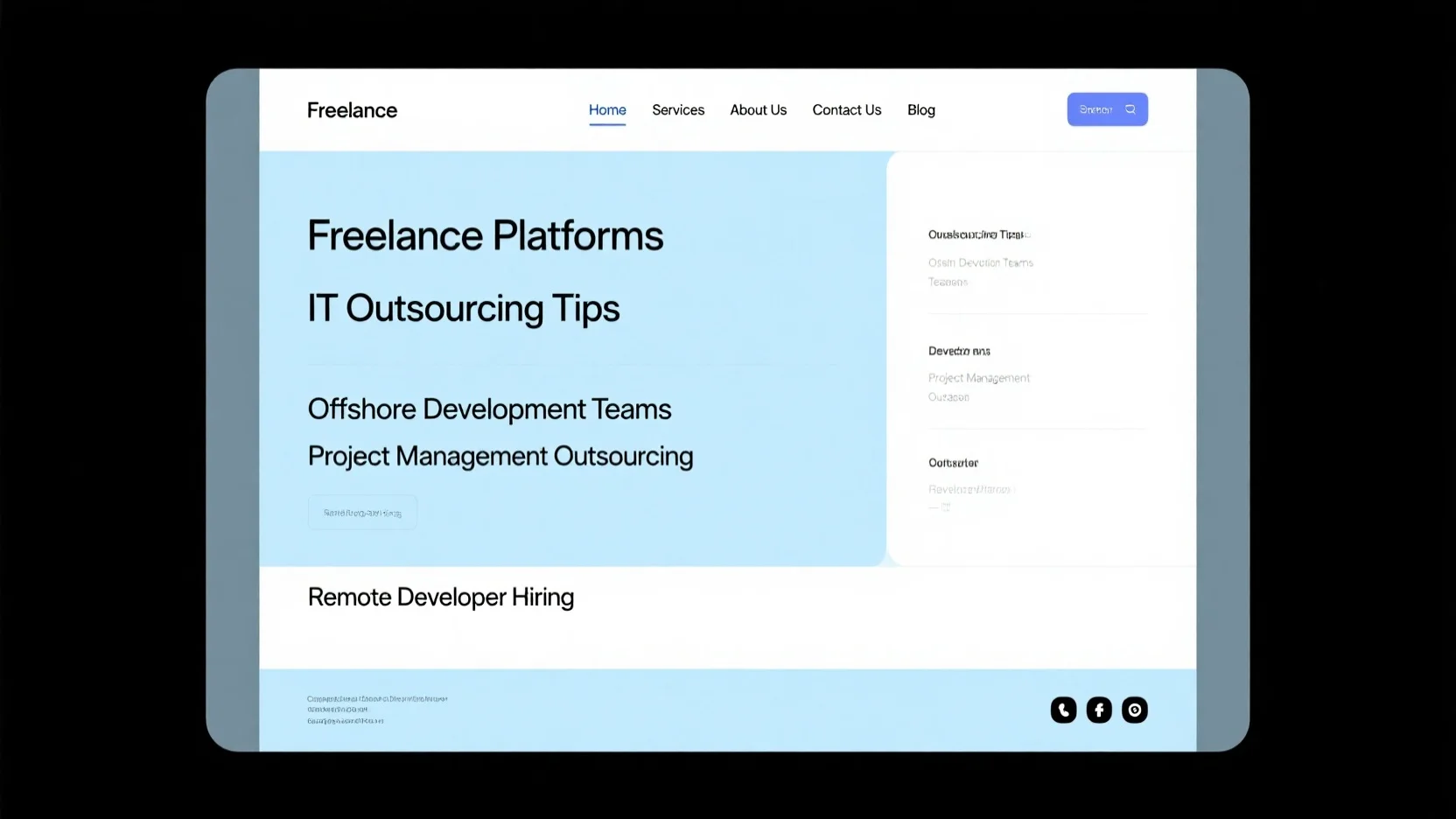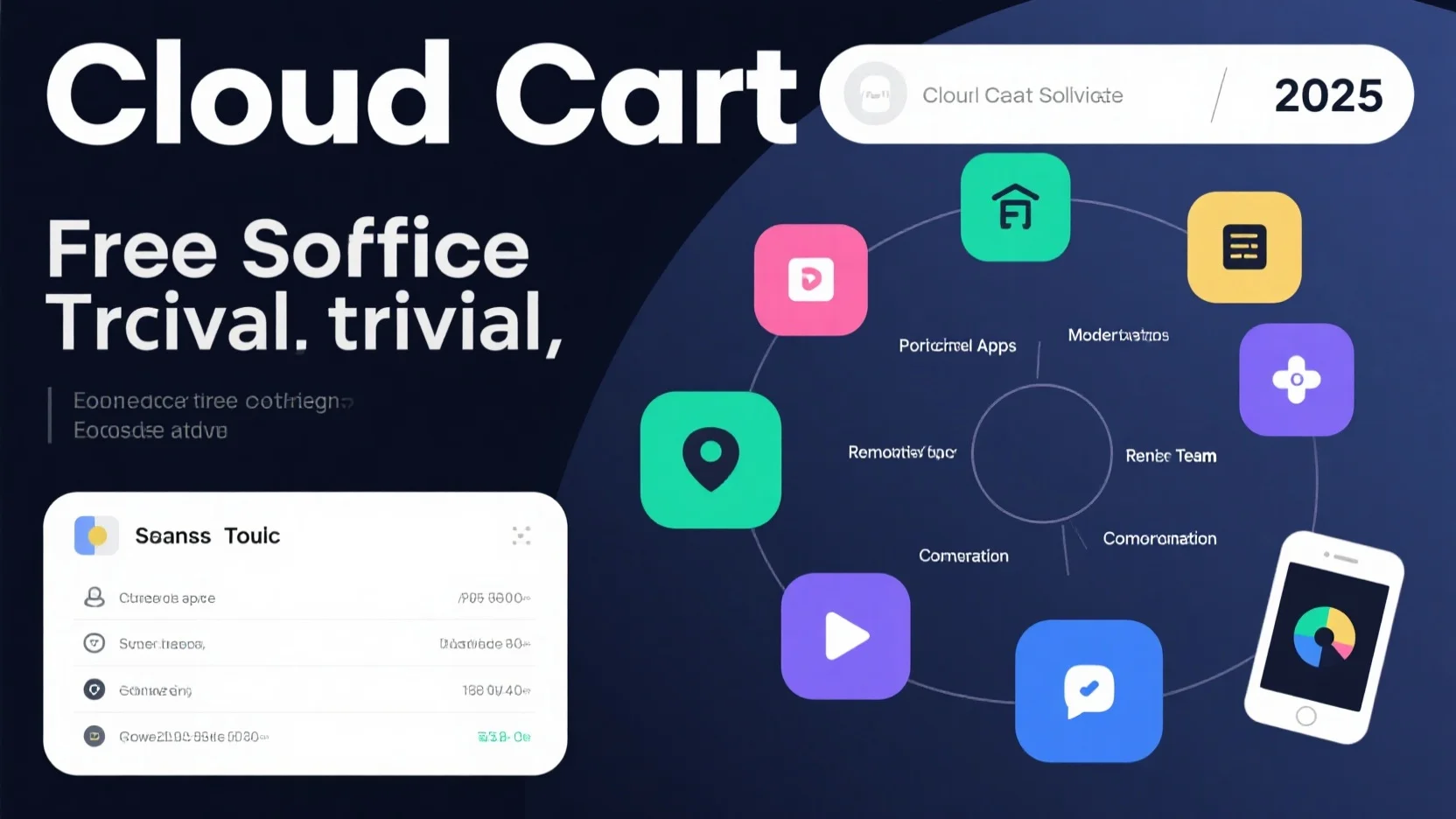Image Source: pexels
Hiring remote developers safely is crucial for the success of your IT outsourcing efforts, as outlined in our ‘IT Outsourcing Guide: How to Hire Remote Developers Safely.’ Poor hiring practices can lead to data breaches, miscommunication, and financial losses. The software development outsourcing market, valued at $480 billion in 2023, continues to grow. With 72% of enterprises reporting increased productivity, following a structured hiring process as detailed in our guide safeguards your projects and maximizes benefits.
Key Takeaways
- Find skilled workers worldwide to improve your project results. Hiring remote workers can make your business stronger.
- Use clear communication to solve problems. Try tools like Slack and have regular meetings to keep your team on track.
- Create solid agreements to keep your business safe and clear. Add details about tasks, pay, and keeping data secure.
Benefits of Hiring Remote Developers
Access to Global Talent
Hiring remote developers gives you access to a global pool of talent, allowing you to find the right expertise for your project. You can tap into tech hubs worldwide to discover specialized skills that may not be available locally. For example:
- Developers in Eastern Europe often provide high-quality work at competitive rates.
- Remote hiring reduces the time it takes to build a team by focusing on regions with abundant talent.
- Offering remote work options can improve employee retention by promoting work-life balance.
By embracing global talent, you gain a competitive edge in the market. Companies that hire remotely often attract better-quality developers, which enhances project outcomes.
Cost Efficiency and Flexibility
Remote hiring offers significant cost savings and flexibility for your business. The table below highlights key benefits:
| Benefit | Explanation |
|---|---|
| Lower Overhead Costs | Save on office space, utilities, and in-house amenities. |
| Geographical Cost Differences | Hire developers from regions with lower living costs, reducing expenses. |
| On-Demand Scaling | Adjust team size based on project needs without long-term commitments. |
| Adaptability | Quickly adapt to changing project requirements and deadlines. |
These advantages make remote hiring an ideal choice for businesses looking to optimize their budgets while maintaining flexibility.
Boosted Productivity and Scalability
Remote developers often work in environments that enhance focus and productivity. Research shows that 77% of remote workers report increased productivity when working from home. Developers can also work during their peak performance hours, improving output quality.
Additionally, hiring across time zones allows for continuous workflow. For instance, a startup in the U.S. can assign tasks to developers in Asia, ensuring progress around the clock. This approach reduces delays and accelerates product launches. Remote teams also scale easily, enabling you to meet growing demands without significant delays.
By leveraging remote developers, you can achieve higher productivity and scalability, ensuring your projects stay on track.
Challenges of Hiring Remote Developers and Solutions
Overcoming Communication Barriers
Effective communication is vital when working with remote developers, yet it often presents challenges. Common barriers include:
- Lack of face-to-face interaction, which can lead to feelings of isolation.
- Language differences that hinder understanding.
- Cultural nuances that may cause misinterpretations.
- Differing communication styles, complicating collaboration.
To address these issues, you can implement strategies that foster clear and open communication:
- Establish guidelines that define communication protocols.
- Use collaborative tools like Slack or Microsoft Teams to streamline workflows.
- Schedule regular video calls to capture non-verbal cues and build rapport.
- Provide training to improve communication skills across your team.
By prioritizing these practices, you create an environment where remote developers feel connected and aligned with your goals.
Managing Time Zone Differences
Time zone differences can complicate scheduling and delay communication. Developers working across continents may struggle to coordinate meetings or maintain work-life balance. To mitigate these challenges, plan schedules that overlap working hours whenever possible. Use asynchronous communication tools, such as Trello or Notion, to ensure tasks progress smoothly even when team members are offline. Careful planning helps you maintain productivity and avoid project delays.
Ensuring Data Security and Confidentiality
Protecting sensitive information is crucial when hiring remote developers. You can safeguard your data by:
- Setting up secure development environments with clear security policies.
- Using encrypted communication tools to prevent unauthorized access.
- Implementing multi-factor authentication for added protection.
- Including non-disclosure agreements and security clauses in contracts.
- Conducting regular audits to identify vulnerabilities.
These measures ensure your intellectual property remains secure while fostering trust with your remote team.
Step-by-Step Guide to Hiring Remote Developers
Define Project Requirements Clearly
Before hiring remote developers, you must define your project requirements with precision. This step ensures that candidates understand your expectations and align with your goals. Follow these steps to outline your needs:
- Define Your Project Requirements: Clearly state the project’s objectives, expected deliverables, and the problems it aims to solve.
- Technical Specifications: Specify the technologies required, including front-end, back-end, security, and scalability needs.
- Budget and Timeline: Set a realistic budget covering development, maintenance, and hosting costs. Include a timeline with start and end dates, along with key milestones.
A well-defined project scope helps you attract developers who are the right fit for your needs.
Write a Detailed Job Description
An effective job description attracts qualified remote developers. Include the following elements:
- Responsibilities and required skills.
- Expectations for remote work, such as time zone availability and communication tools.
- Insights into your company culture to engage candidates.
- Transparency about salary and benefits.
- Clear instructions on how to apply.
A detailed job description not only saves time but also ensures you connect with the right talent.
Use Reputable Hiring Platforms
Finding skilled remote developers becomes easier when you use trusted platforms. Consider these options:
- Toptal – Known for its rigorous vetting process.
- X-Team – Offers scalable teams of developers.
- Arc – Provides a global network of vetted developers.
- Turing – Matches developers with roles using AI.
- GitHub Jobs – Lists remote developer roles from reputable companies.
These platforms simplify the hiring process and connect you with top-tier talent.
Legal and Compliance Considerations
Draft Strong Contracts
Strong contracts are essential when hiring remote developers. These agreements protect your business and ensure clarity for both parties. A well-drafted contract should include:
- Duties and responsibilities of the developer.
- Details of the remote work arrangement, including working hours and overtime policies.
- Compensation, benefits, and payment terms.
- Access to resources, equipment, and software.
- Intellectual property ownership and rights.
- Data protection and staff-monitoring policies.
You should also ensure compliance with local labor laws and data privacy regulations. Including clauses for secure payment methods and currency exchange can prevent financial disputes. By addressing these elements, you create a legally sound foundation for collaboration.
Protect Intellectual Property
Safeguarding intellectual property (IP) is critical when working with remote developers. You can take several measures to protect your assets:
- Copyright the software to secure exclusive rights.
- Use licensing agreements to define ownership and usage terms.
- Limit access to the source code to authorized personnel only.
- Encrypt the software and employ obfuscation techniques to prevent reverse engineering.
- Set up a secure development environment with clear security policies.
- Use encrypted communication tools and VPNs to protect sensitive data.
Regularly monitor your software for unauthorized use and enforce penalties for IP violations. These steps ensure your proprietary information remains secure throughout the development process.
Understand Tax and Employment Laws
Hiring remote developers internationally requires careful attention to tax and employment laws. Misclassifying workers as independent contractors instead of employees can lead to penalties. Clearly define the worker’s status and responsibilities in the contract.
For independent contractors, ensure they handle their own taxes and benefits. If you hire employees, you may need to withhold taxes and provide benefits. U.S. companies must issue IRS Form 1099 for payments over $600 to contractors. For foreign contractors, IRS Form W-8BEN helps avoid U.S. tax withholding.
Additionally, comply with data protection laws like GDPR or CCPA when handling personal information. Consulting a tax professional ensures adherence to local and international regulations, avoiding costly mistakes.
Tips for Managing Remote Developers Effectively

Image Source: pexels
Establish Clear Communication Practices
Effective communication is the backbone of managing remote developers. You should establish clear communication channels and protocols to define the purpose of each platform. For example:
- Use tools like Slack for real-time messaging and email for formal updates.
- Implement asynchronous communication practices to accommodate different time zones.
- Schedule regular check-ins to maintain relationships and clarify tasks.
- Develop strong documentation practices to ensure everyone has access to consistent information.
- Foster a culture of over-communication to prevent confusion and misalignment.
By following these practices, you create a transparent and efficient communication environment that keeps your team aligned.
Set Goals and Track Progress
Setting clear goals and tracking progress ensures your remote team stays productive. Tools like Asana and Trello help you assign tasks and monitor their completion. You can also use visual tools like Goalscape to prioritize tasks dynamically. For performance tracking, platforms like Engagedly align objectives with business goals and boost engagement. Minute7 integrates with QuickBooks to track time and expenses, making it easier to manage productivity. These tools simplify goal-setting and ensure your team remains focused on deliverables.
Foster Team Collaboration and Trust
Building trust among remote developers enhances collaboration and morale. You can use project management tools like Microsoft Teams or Google Workspace to improve task assignment and information sharing. Recognizing individual contributions and celebrating team successes motivates your team. Additionally, fostering personal connections through virtual team-building activities strengthens relationships. Regular check-ins and clearly defined roles ensure accountability and create a culture of trust.
Leverage Productivity Tools
The right tools can significantly improve your team’s efficiency. Platforms like Slack and Microsoft Teams enhance real-time communication, while Asana and Trello streamline task management. For document sharing, Google Workspace and Confluence provide seamless collaboration. Jira’s Scrum and Kanban boards help break down projects into manageable tasks. By leveraging these tools, you can optimize workflows and ensure your remote developers stay productive.
A structured hiring process ensures you attract top talent, conduct equitable interviews, and engage candidates effectively. Following best practices for hiring remote developers boosts productivity, fills skill gaps, and provides round-the-clock support. By applying the strategies in this IT Outsourcing Guide: How to Hire Remote Developers Safely, you can achieve long-term success and efficiency.
FAQ
How do you ensure remote developers meet your project deadlines?
Set clear milestones and use project management tools like Trello or Asana. Regular check-ins help track progress and address potential delays.
Tip: Use time-tracking tools like Toggl to monitor productivity and ensure deadlines are met.
What is the best way to handle cultural differences in remote teams?
Foster an inclusive environment by encouraging open communication. Provide cultural sensitivity training and celebrate diverse perspectives to build mutual respect.
Can you hire remote developers for short-term projects?
Yes, many platforms like Toptal and Upwork specialize in connecting businesses with developers for short-term or freelance projects. Ensure contracts specify project scope and duration.
Note: Short-term hires can help you test skills before committing to long-term collaboration.




